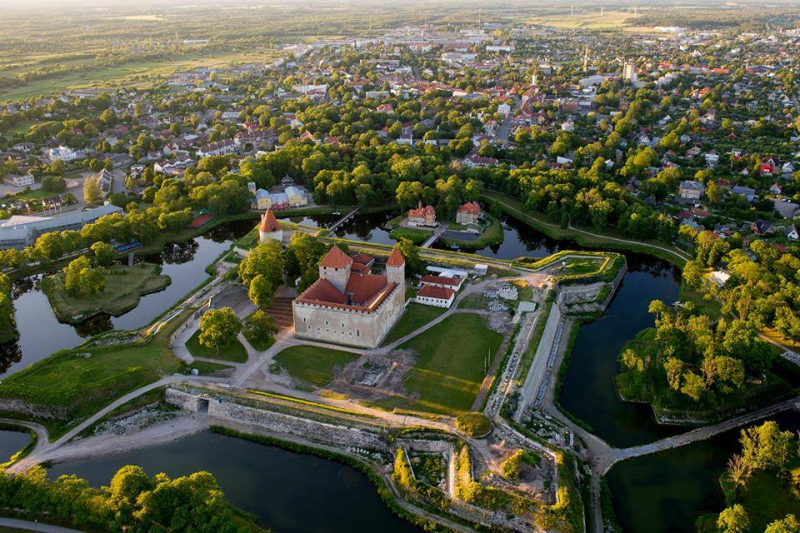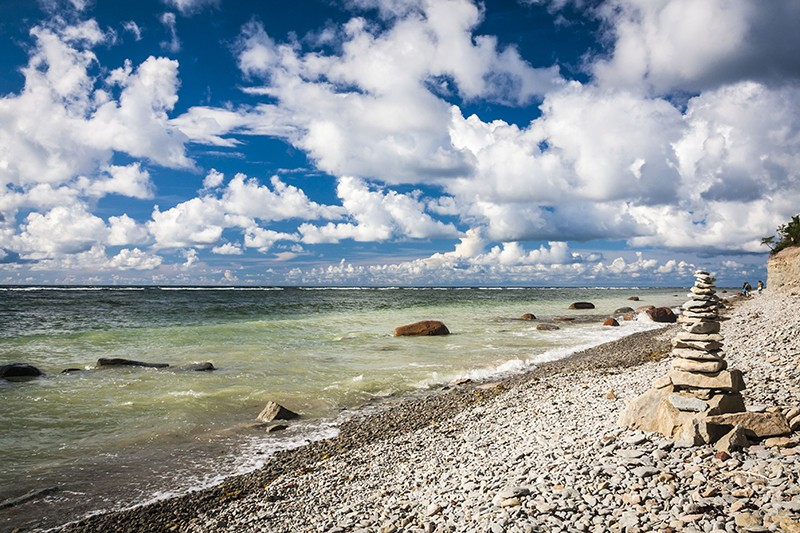Saaremaa
Saaremaa is one of the most beautiful islands in Estonia and lies withinside the East Atlantic Flyway, the main migration direction for waterfowl. This 'bird road' connects north-Japanese Europe with the Arctic. Saaremaa Island lies south of Hiiumaa island and west of Muhu island and belongs to the West Estonian Archipelago. The capital of the island is Kuressaare, which has around 13,000 inhabitants. Saaremaa has 80% of the plant species discovered in Estonia are represented here. Altogether 1,200 species of vascular plant life may be discovered in Saaremaa. Over 40% of Saaremaa is forested.
Cape Undva, on the north-westernmost tip of the island, is a hotspot for flocks of the remarkable Steller’s eider. Uudepanga Bay off the peninsula might also additionally host as much as 1,000 Steller’s eiders in winter, even though numbers are commonly among three hundred and 600. The birds preserve dense flocks and behave synchronously, mainly whilst diving. Here we can also see different sea ducks, further divers, and waders which include crimson sandpipers.
Though Saaremaa isn't famed for its woodland birds, species together with lesser noticed woodpecker, nutcracker, amazing gray shrike and rough-legged buzzard do inhabit the island, whilst at Viidumäe Nature Reserve Tengmalm’s and pygmy owls can be visible and heard at night.
Location: Saare County, Estonia












